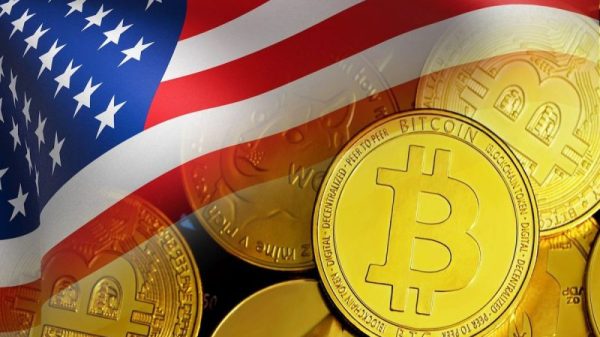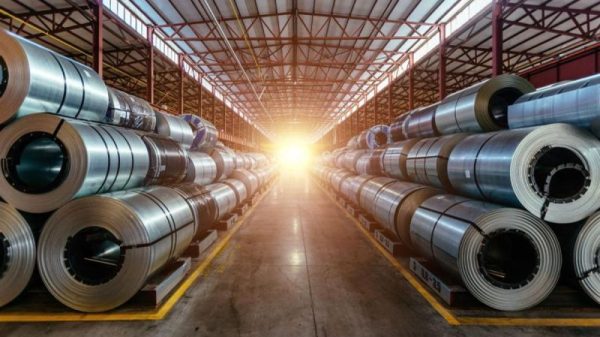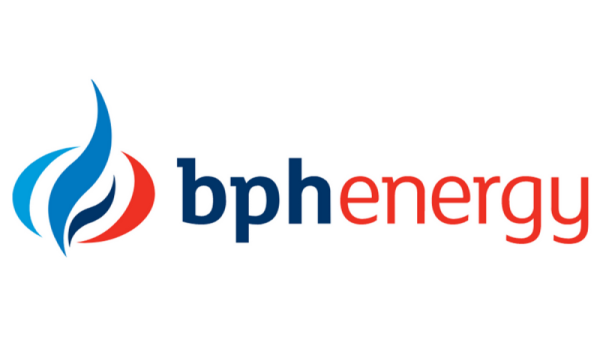Americans are kicking the can down the road on some more-costly, traditionally financed purchases as elevated inflation and interest rates bite.
Corporate executives this earnings season have lamented that customers are disinterested in shelling out on big-ticket items for their bedrooms, backyards and everywhere in between. It comes at a pivotal moment for the national economy: the average Joe has been contending with a double-whammy of high prices and borrowing costs, while economists and policymakers are trying to gauge the impact this has made.
This matters because it adds to a growing picture of consumer spending finally slowing down, as experts long anticipated. That means the Federal Reserve may get the sign it’s been waiting for that interest rate hikes have had their intended effects of tightening the economy, which could be good news for investors and consumers.
“The consumer’s purchasing power is limited,” Sleep Number CEO Shelly Ibach told analysts late last month. “As a result, consumers continue to scrutinize their spending and make near-term decisions based primarily on need, price and perceived value. And they are deferring higher-ticket, durable purchases.”
Ibach said the mattress industry is in a “historic recession,” with sales likely to continue to decline after two already tough years. The Minneapolis-based company lost more per share and recorded lower revenue than analysts polled by FactSet had anticipated in the first quarter.
Sleep Number isn’t alone. Executives across the consumer arena have been preparing for — and, in some cases, seeing — a slowdown over the last several months. Data from Prosper Insights & Analytics, a partner of the National Retail Federation, shows American adults have been increasingly delaying spending in areas like home improvement and electronics compared with before the pandemic.
“Consumers are still spending, but the sense that we get now is that they’re being a little bit more careful,” said Mark Mathews, the NRF’s executive director of research. “They’re making important choices in terms of how they spend. They’re very, very price sensitive, and, definitely, we are back into a situation where consumers are all about the deal.”
Multiple consumer headwinds
A shopper on the fence about if they feel like an expensive purchase is within budget — likely a more ubiquitous feeling now with hot inflation — would previously lean on paying over a longer period of time by using credit. But those options have fallen out of favor as interest rates rose.
Also, more credit card bills are delinquent, showing that the era of consumers being flush with cash from pandemic stimulus has come to an end. U.S. households are cumulatively more than $70 billion in debt after excess peaked above $2 trillion in August 2021, according to data analyzed by the San Francisco Fed. One research group saw credit card debt rising, while the New York Fed reported that Americans collectively owe more than $1 trillion.
Consumers are usually faced with either high interest rates or inflation, as the Fed typically increases borrowing levels when prices are rising faster than it deems healthy for the economy. But at this moment, annualized inflation, though significantly off peak growth seen earlier in the pandemic, is still well above the central bank’s goal of 2%.
That’s despite the Fed funds rate sitting between 5.25% and 5.50% for about 10 months. For comparison, that rate had a measly midpoint of just 0.13% for more than a year during the pandemic in a bid to stimulate economic growth.
Where the benchmark interest level sits can directly drive variable rates on credit cards. Given that, Sleep Number’s Ibach said credit card delinquencies were one reason for the consumer being stretched. Increases from the Fed can also indirectly influence loan providers to push up interest rates on new borrowing agreements for things like cars or homes.
Leggett & Platt, which makes components like springs for beds, is seeing the effects of both rates and inflation. Specifically, CEO J. Mitchell Dolloff said consumers are shifting their spending to focus on services and affording baseline resources like food amid price pressures, as opposed to pricier, less essential goods. He also cited increased interest rates as another weight on their shoulders.
Wayfair, the furniture e-commerce platform popular among cost-conscious shoppers, said it was having trouble selling its most expensive items. Management cautioned that it was a trend happening across the board with home furnishers.
Retail sales data was flat from March to April, despite economists polled by Dow Jones anticipating monthly growth of 0.4%, according to Commerce Department data released Wednesday. Because this data is adjusted seasonally but not for inflation, it can provide another signal that consumers aren’t keeping up as prices climb.
Economists are quick to note that what feels bad in the short term for consumers can actually have a silver lining in long run. Shoppers feeling unable to pull the trigger on bigger purchases — especially when paired with trends like being more price conscious — can offer justification for the Fed that it’s put enough pressure on the economy to bring inflation under control and clear the way to start lowering rates.
There’s a few other factors at play, according to Mathews, of the retail industry trade group. The pandemic had a pull-forward effect, he explained. Consumers snapped up goods meant to last several years while they were stuck at home during the shutdowns. This may still be unwinding.
And, with a greater focus on value, shoppers may wait until Memorial Day or other periods ripe with deals, Mathews said.
Not the ‘right moment’
Finally, a lot of these big-ticket items are also connected in one way or another to people moving homes, Mathews said. That’s bad news given the chilled housing market, which has been stymied by soaring mortgage rates.
Residential solar company Enphase said any forthcoming cuts to rates — even if fewer than previously anticipated — should help demand in states excluding California. (Installers have become more “flexible” with how they finance in California, CEO Badri Kothandaraman said, which is considered a unique market because of reduced credits.)
Whirlpool cited hiked interest levels as a negative pressure on both housing affordability and discretionary spending, which are both factors for consumers considering appliances like refrigerators or washers. North American volumes were soft in the quarter, and the company continued leaning on promotions to buoy demand, according to CEO Marc Bitzer.
This can bode poorly for retailers hawking these items like Best Buy, which is slated to report earnings later this month. Bank of America analyst Robert Ohmes told clients this week to anticipate soft appliance sales from the Minnesota-based chain.
Lofty interest rates have also hampered housing improvement efforts for those staying put, according to Home Depot. Despite calling the customer “extremely healthy,” finance chief Richard McPhail said these borrowing costs have created a holding pattern on projects like home or bath remodels that began in the back half of 2023.
“It’s not the case of not having the ability to spend,” McPhail told CNBC. “What they tell us is they’re just simply deferring these projects as given higher rates, it just doesn’t seem the right moment to execute.”
A tale of two consumers
Like many other aspects of the economy, this negative trend can be felt most deeply by those at the lower end of the income spectrum. It aligns with the view that the U.S. economic recovery out of the pandemic has been “K”-shaped, meaning the experiences of different classes diverge like arms on the letter.
Economic uncertainty and borrowing levels have both “weighed heavily” on new swimming pool purchases, Pool Corp. CEO Peter Arvan told analysts last month. But there’s a clear disconnect among income cohorts: He said lower-end pools “remain a challenge,” while the pricier options have “steady” demand.
Troubles among the more price-conscious clientele is weighing on the Louisiana-based company. Sales to Pool Corp.’s independent retail customers slid 4% in the first quarter of 2024. That builds on the 8% slip seen over the last three months of 2023.
Generac’s power generators are generally considered a luxury of the financially well-off. Because of that, lifted interest rates likely haven’t hit its clients as hard — and any impact has likely already been felt with levels raised for several months, according to CEO Aaron Jagdfeld.
“These are homeowners that are just less sensitive to movements in interest rates,” Jagdfeld told analysts at the start of this month. “Whatever impact that higher interest rates may have had on the margins — on the edges of the market — we think that’s largely baked in at this point.”






































